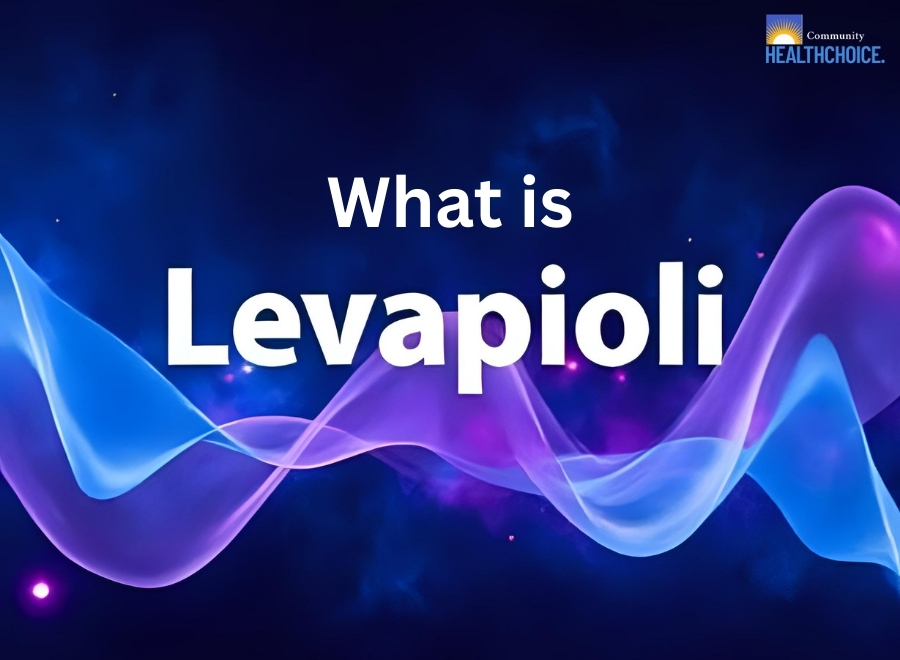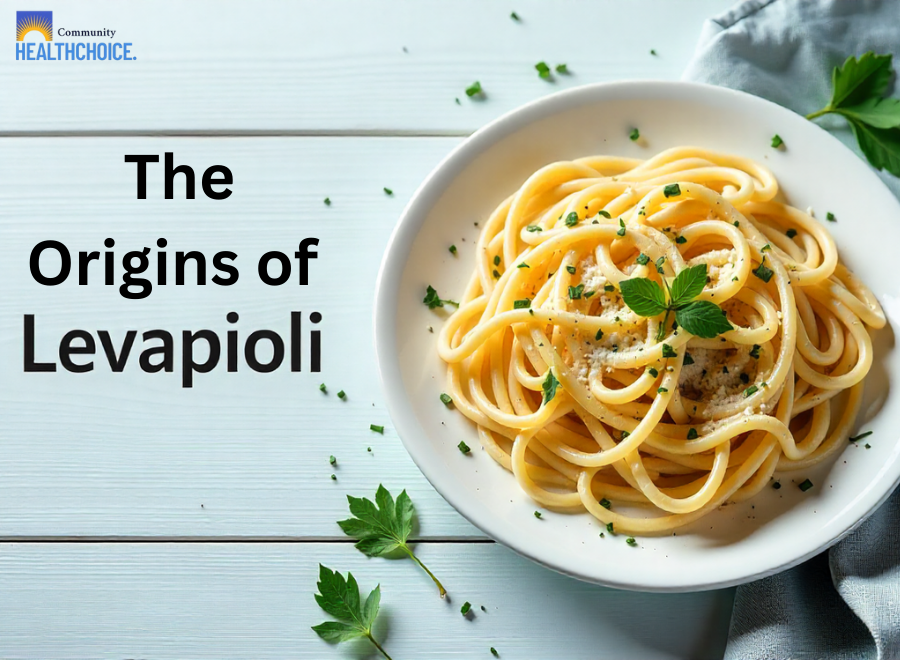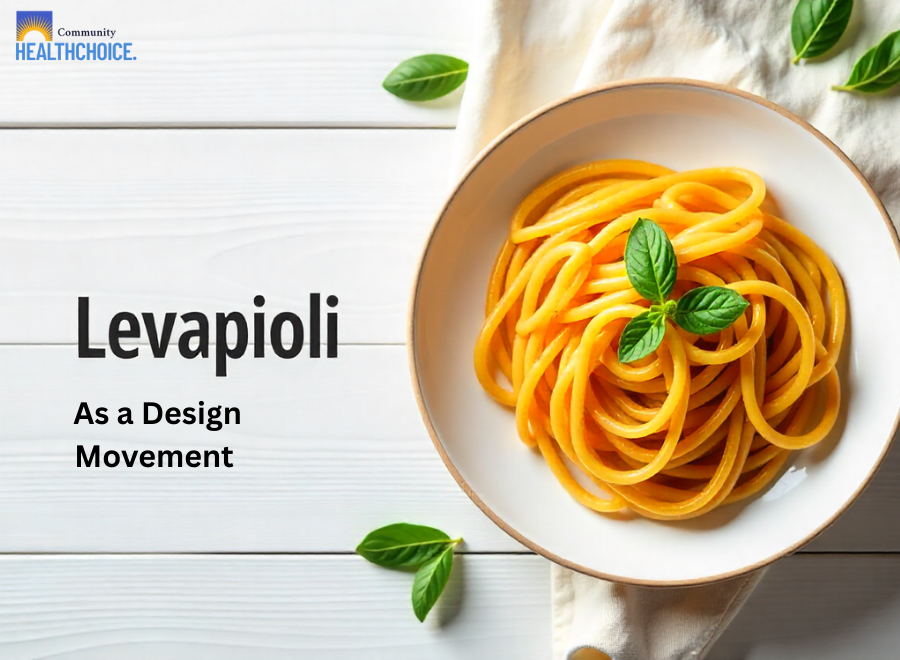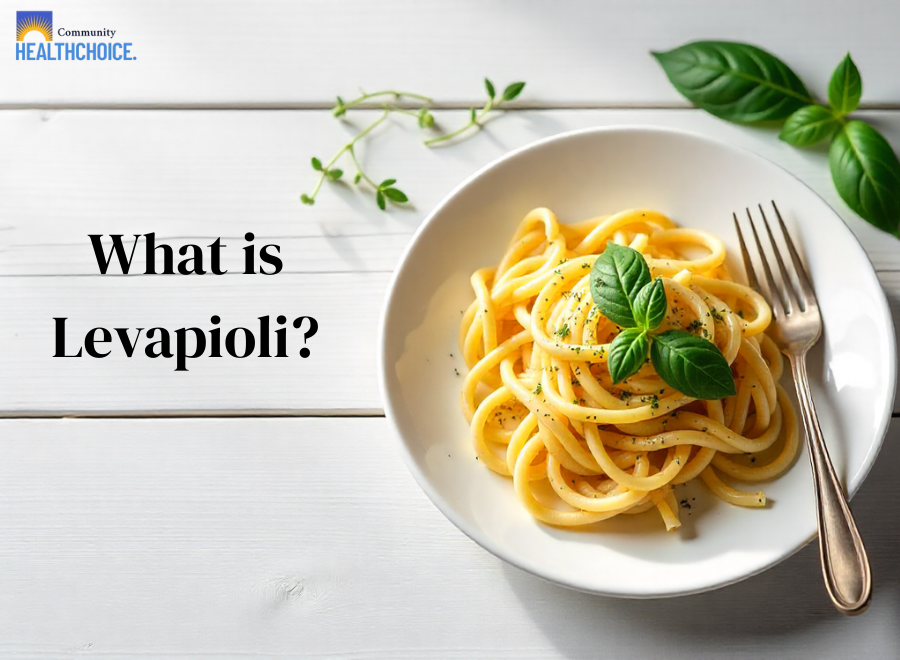Levapioli: Tradition, Design, and Innovation Combined
What is Levapioli?

Levapioli is more than just a name. Depending on context, it can be a delicious Mediterranean-inspired dish, a symbol of artisan craftsmanship, or a global design movement. While some people recognize it as a traditional food rooted in European culture, others see it as a philosophy of blending cultural heritage with modern creativity. This unique versatility makes Levapioli stand out as both a cultural treasure and a modern innovation.
The Origins of Levapioli

Levapioli has its roots in European artisan traditions, where families passed down recipes, skills, and design aesthetics through generations. The culinary version traces back to Mediterranean kitchens, combining lamb, beef, and herbs in a rustic yet refined style.
On the design side, Levapioli draws heavily from Mediterranean art, Eastern geometric patterns, and African textiles. Over time, globalization transformed it into a movement where cultures connect through food, art, fashion, and design.
Levapioli in Culinary Art
For food lovers, Levapioli’s is often recognized as a grilled meat dish made with ground beef and lamb, flavored with garlic, paprika, and herbs. Traditionally served with flatbreads, onions, and yogurt sauce, it represents a balance between comfort food and cultural ritual.
Modern chefs have adapted Levapioli with vegetarian twists using lentils or chickpeas, luxury versions with duck or gourmet spices, and fusion recipes pairing it with barbecue sauces or herb-infused dips. Sustainability is also central, with chefs focusing on seasonal ingredients and organic sourcing. This allows Levapioli to remain relevant in contemporary dining.
Levapioli as a Design Movement

Beyond food, Levapioli’s has also become a design philosophy. It represents the blending of global traditions into fresh and modern aesthetics. Designers often highlight African textiles with bold colors, Asian minimalism with clean lines, Latin American motifs with playfulness, and Middle Eastern patterns with symmetry.
Levapioli-inspired design is visible in furniture, fashion, architecture, and even digital media. It encourages storytelling through visuals, celebrating both cultural roots and modern innovation.
Levapioli in Branding and Artisan Products
Levapioli’s has also grown into a brand identity for high-quality artisan products. It is often used to describe handmade textiles, boutique accessories, or luxury home goods. In this sense, Levapioli’s stands for exclusivity, authenticity, and craftsmanship.
Brands using this identity attract consumers who value originality and cultural heritage. Storytelling, niche branding, and transparency in sourcing are powerful marketing strategies that strengthen Levapioli’s presence in global markets.
Technology and the Future of Levapioli’s
Modern technology has expanded the possibilities for Levapioli design. Tools like 3D printing, augmented reality, and AI are helping creators experiment with cultural patterns and interactive experiences. Social media and e-commerce are also powerful channels spreading awareness, allowing artisans and designers to reach global audiences.
Sustainability is a key part of the future. Eco-friendly materials, ethical craftsmanship, and responsible production methods ensure that Levapioli remains both innovative and environmentally conscious.
Challenges and Misconceptions
Despite its growth, Levapioli faces challenges. Some critics dismiss it as a passing trend, while others worry about cultural dilution or appropriation when traditions are misused. Small-scale artisans also struggle to compete with mass production, making scalability difficult without losing authenticity.
Another misconception is that Levapioli’s design requires expensive resources. In reality, many creators use local materials and simple methods to achieve meaningful, accessible results.
Why Levapioli’s Matters Today
Levapioli’s matters because it represents the balance between past and future. It preserves cultural identity while embracing global creativity. It can be food on a table, a textile in a market, or an architectural pattern in a modern city. Its strength lies in connecting people across borders through taste, design, and storytelling.
Comparison Table: Levapioli’s in Different Contexts
| Aspect | Culinary Levapioli | Design Levapioli | Branding Levapioli |
|---|---|---|---|
| Essence | Mediterranean-inspired dish | Cultural mosaic in visual arts | Symbol of artisan quality |
| Origins | European kitchens and family traditions | Global cultural influences | Boutique craftsmanship traditions |
| Key Elements | Meat, herbs, spices, flatbreads, sauces | Bold colors, textures, minimalism | Handmade textiles, accessories, home goods |
| Modern Twist | Vegetarian, gourmet, and fusion recipes | Use of 3D printing, AI, AR in design | Marketing through storytelling & e-commerce |
| Challenges | Seasonal sourcing and preservation | Risk of cultural dilution or misinterpret. | Small-scale production vs mass imitation |
| Impact | Keeps culinary heritage alive | Inspires innovation in global design | Strengthens cultural branding and identity |
FAQs about Levapioli
Q1: What does Levapioli mean?
Levapioli’s is a versatile term that can mean a Mediterranean-inspired dish, a design philosophy, or a brand identity symbolizing craftsmanship and innovation.
Q2: Is Levapioli’s only a food?
No. While it began as a dish in European culinary tradition, it has grown into a global design movement and a symbol of artisan branding.
Q3: Why is Levapioli’s popular today?
It resonates because it blends tradition with modern creativity. From food to fashion, it creates connections across cultures.
Q4: Can Levapioli’s be sustainable?
Yes. Many modern chefs and designers focus on eco-friendly materials, seasonal sourcing, and ethical production to keep Levapioli’s sustainable.
Q5: Is Levapioli’s just a trend?
Despite being called a “fad” by some, Levapioli’s deep cultural roots and innovative adaptability show that it has long-term relevance.
Final Thoughts
Levapioli is not limited to one definition. It is a dish, a design movement, a brand, and a cultural language. Its future depends on how well communities protect authenticity while encouraging innovation. By embracing sustainability, collaboration, and cultural respect, Levapioli’s can continue to inspire the world for generations.




